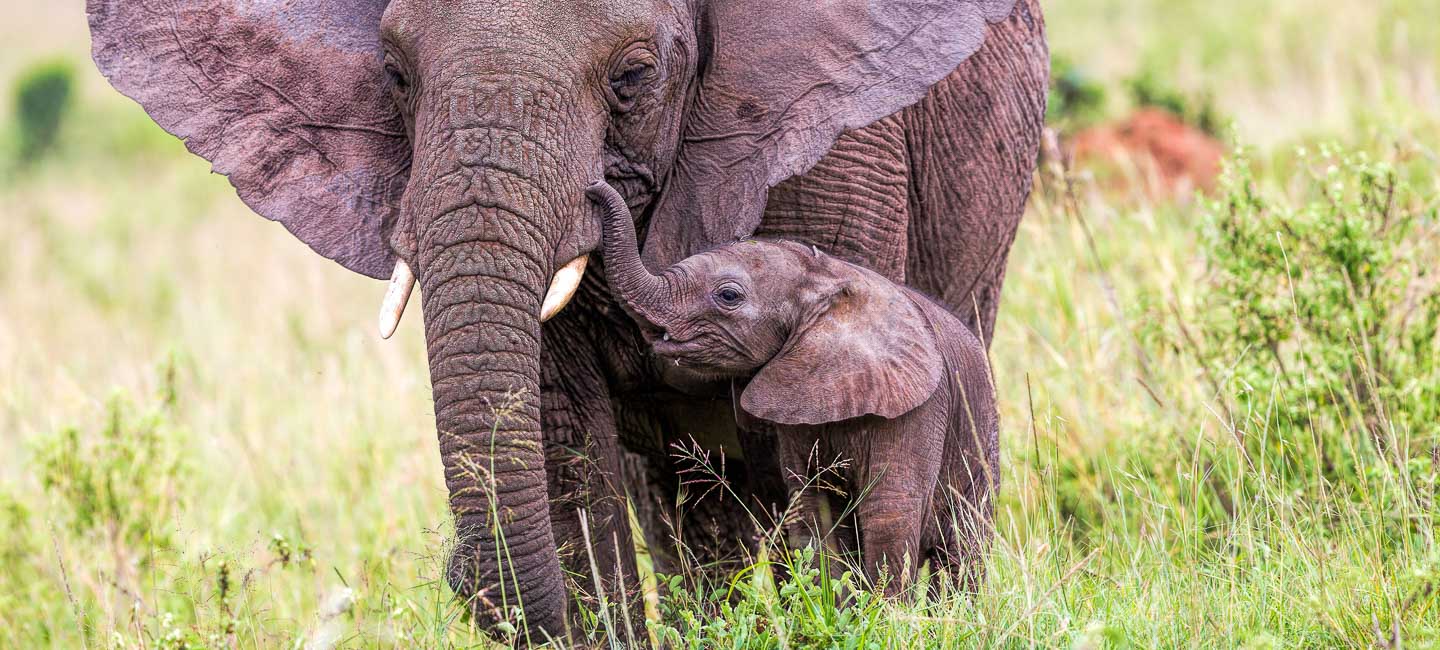Elephants May Hold the Key to Fighting Cancer
Who doesn’t love elephants? The huge animals are always a high point of any zoo visit or trek through a wildlife preserve. But there’s more to the notable mammals than just their size. The elephant is incredibly resistant to cancer, and scientists finally know why.
Consider this: despite elephants massive size compared to humans, they are estimated to only have a 4.8 percent cancer mortality rate. In humans, the cancer mortality rate is 20 to 25 percent!

Moffitt epidemiologist Travis Gerke, ScD
Researchers say it’s thanks to multiple copies of a very special gene called TP53 that actively fights cell damage.
Moffitt epidemiologist Dr. Travis Gerke says that elephants have 20 copies of TP53, which produces a protein that acts as a natural tumor suppressor. Humans also have the gene, but only one copy from each parent. That means elephants have many more chances to battle cancer should one copy of the gene stop working.
"When TP53 is damaged it might not be able to detect and slow the spread of these rogue cells, presenting one possible avenue for tumor initiation," said Gerke. "The natural conclusion from elephant studies is that these animals have lots of extra opportunities for TP53 to do its job compared to humans. This may help explain why their rate of cancer seems unusually low."
Scientists discovered elephants’ extra copies of the gene in 2015, leading to the next question: Can this information help researchers develop a way to battle cancer in humans?
Maybe someday, but we’re not there yet.
"We have gained a wealth of knowledge about the tumorigenic process by focusing on the roles of this gene," Gerke said. "Interestingly, we haven’t yet uncovered ways to leverage this information towards effective therapies."
Gerke adds that cross-species studies like the one involving elephants may lead researchers to other genomic features of interest that can further guide novel therapeutic discoveries. Research is ongoing and hopefully the elephant’s genomic advantage can one day be utilized in cancer therapies benefiting humans.



